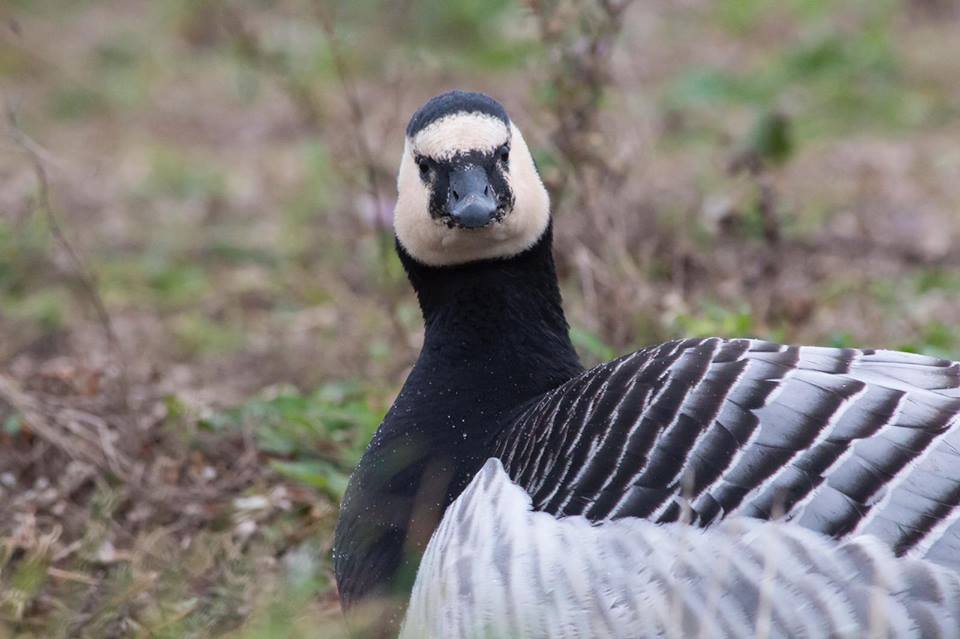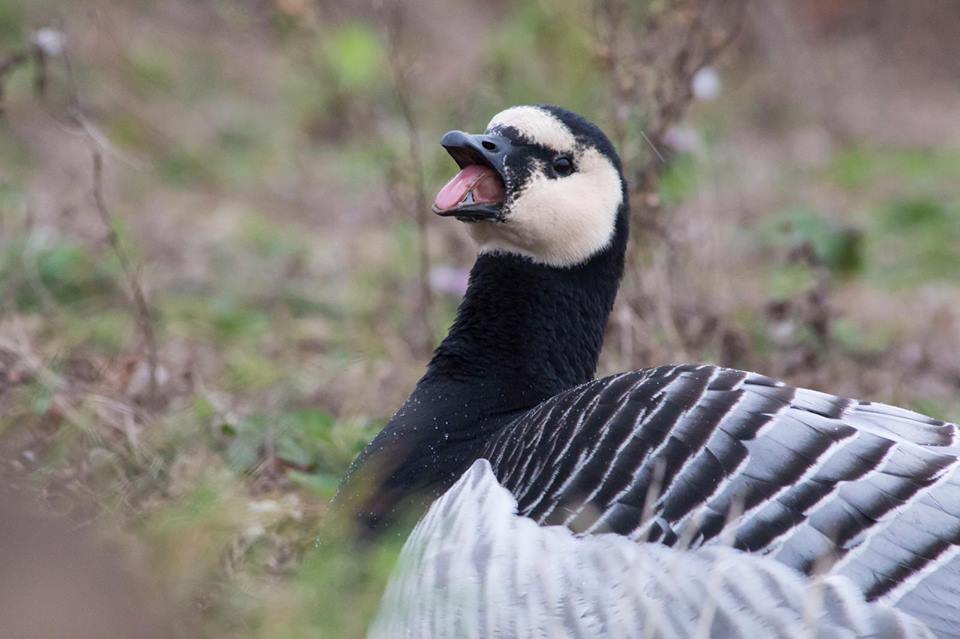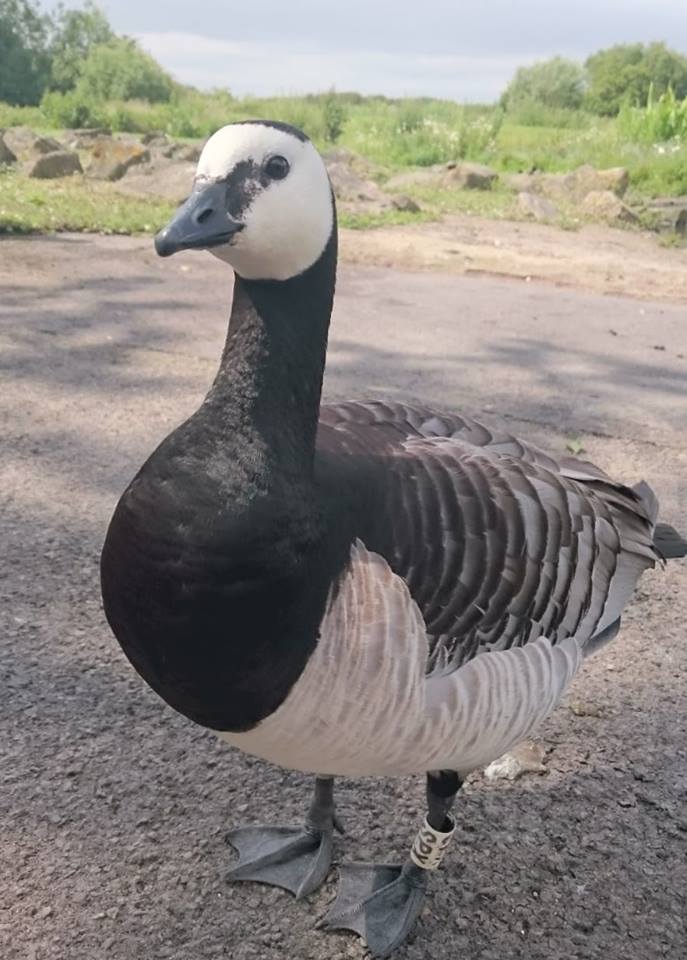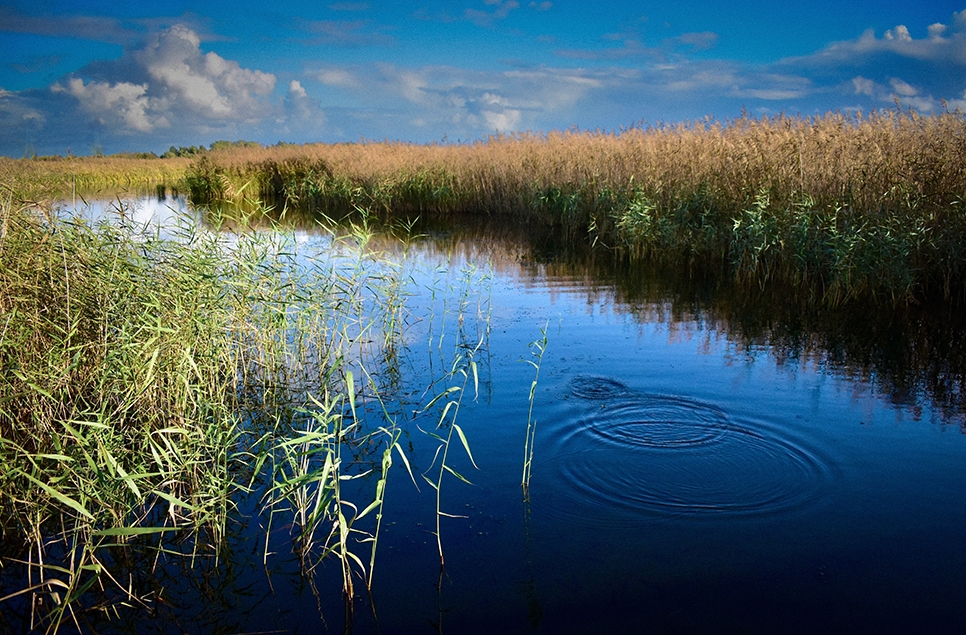Why do barnacle geese jump off cliffs? | Barnacle goose facts
Barnacle geese create nests on high cliffs to avoid predation, however within a few days of hatching goslings must jump off these cliff faces! Find out more about the amazing barnacle goose and the myths and legends that follow it.
The barnacle goose is one of the smaller and plumper goose species. They migrate to escape extreme winters in Greenland and Svalbard, and overwinter in milder temperatures around the coast of the UK and Ireland. They can be found on remote offshore islands and areas of saltmarsh, but are also known to come inland to feed on pastures at certain times of the year.
Migration flight speed of up to 70mph
Their migration journey totals 2,000 miles, travelling at around 70mph, and takes less than 61 hours. Our Caerlaverock Wetland Centre is one stopping point many individuals of this species use, as they are able to overwinter on the reserve due to plenty of grazing areas.
 Are you looking at me?
Are you looking at me?
Barnacle geese are a plump little goose, but in order to survive on their grazing diet they must graze for a very high proportion of their daily activity budget. It's incredible how they manage to turn small amounts of grass into fuel that can power them across the sea and up to the Arctic to breed. In human terms, we have not yet come anywhere close to harnessing the power of eco-fuels to such efficient levels.
Legends and myths – descendants of barnacles and driftwood at sea
WWT is involved in regular monitoring of this species, to track their movements during and outside of the breeding season using leg identification rings (historically known as darvics).
However before we were able to monitor their movements, there were many myths on the origins of the barnacle goose. Like the name suggests some used to believe that during the winter barnacle geese turned into barnacles in the sea, as they disappeared after every summer leading to many to question their whereabouts.
The most extreme myth of all was that barnacle goslings hatched from a specific variety of coastal tree while their mother waited patiently beneath!
However we do now know that during the winter they don’t in fact develop into barnacles, but they actually migrate to other areas hence why they appeared to disappear. Our ringing work now allows us to understand the amazing life of the barnacle goose.
 A Barnacle goose calls.
A Barnacle goose calls.
Goslings jump off cliffs within a few days of hatching!
Their migration isn’t the only challenge this species faces, as raising offspring in the extreme conditions they favour also has its challenges. Barnacle geese regularly create nests on high cliffs to avoid predation, however within a few days of hatching goslings must jump off these cliff faces in order to meet their parents who are foraging on the grass below. This jump is by no means easy as they can come across many obstacles during their fall, however despite this extreme life challenge around a third of chicks survive the first 2 days.
The young of species required to make astonishing jumps from cavities and cliffs have an incredible softness of their bones for the first few days of life, without which the fall would surely be fatal. It is astounding that a gosling can fall 100ft and survive at 2 days of age, where they could not at 1 week. It also makes perfect sense!
 A handsome male barnacle goose at Slimbridge.
A handsome male barnacle goose at Slimbridge.
Where to see barnacle geese?
You can see barnacle geese in small numbers on the north of the Slimbridge reserve during the winter.
For the most dramatic wildlife spectacle visit WWT Caerlaverock to see of flocks of Barnacle geese coming into roost at dusk.
Recent research has shown that barnacle geese are actively adapting their migration routes to our changing climate. This could help us work out the best way to protect other less quick to adapt waterbirds.


